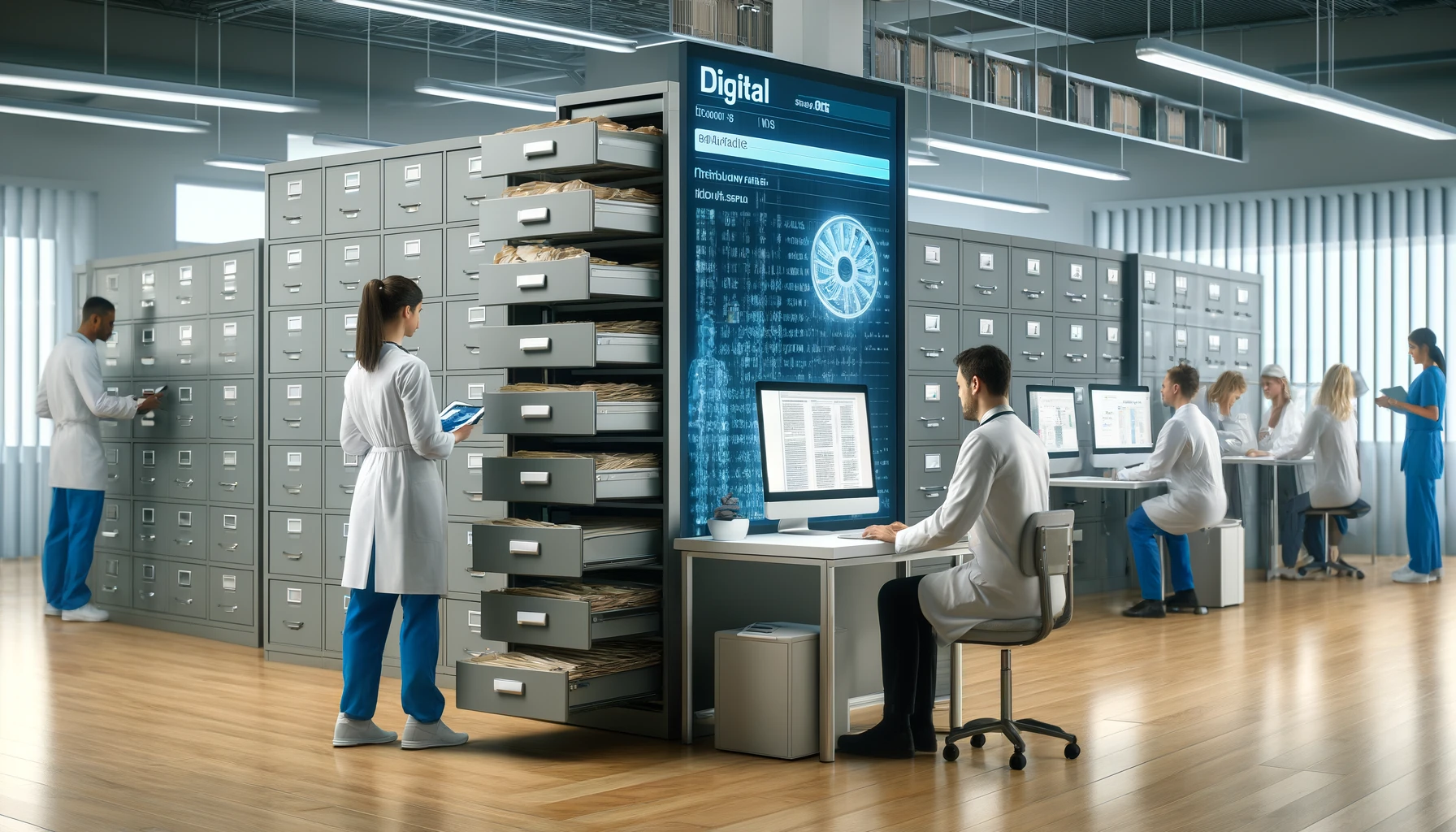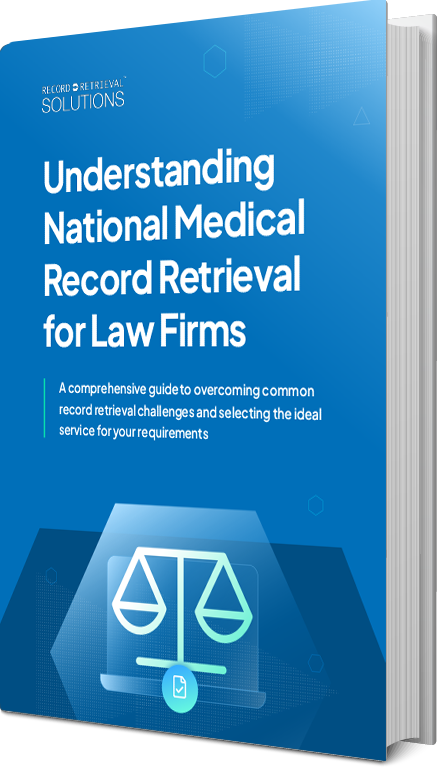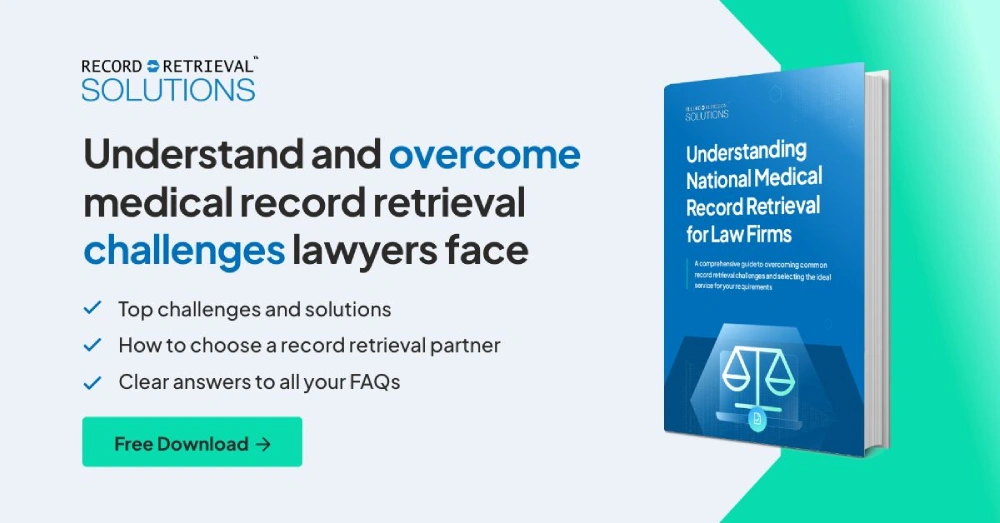Optical Character Recognition (OCR) is a transformative technology that enables the conversion of various types of documents—such as scanned paper documents, PDF files, or images captured by a digital camera—into editable and searchable data. This technology works by analyzing the shapes and patterns of characters in an image or scanned document. It then interprets these graphical representations into machine-encoded text that can be edited, searched, or stored. This process effectively turns a bitmap image of text into actual text characters, making it a powerful tool for digitizing printed materials.
The application of OCR technology spans numerous sectors, enhancing efficiency and accessibility in data processing. It is instrumental in the digital transformation of businesses and public services, facilitating tasks like data entry for business documents, passport verification, and invoice recording. By converting printed text into digital form, OCR not only makes information more accessible and easier to manipulate but also helps in saving space and reducing physical storage needs. As such, OCR has become an essential tool in areas requiring quick data retrieval and management, playing a crucial role in streamlining operations across various industries.
Different Types of OCR Technologies
Optical Character Recognition (OCR) is a pivotal technology that streamlines the conversion of various document types, such as scanned paper documents, PDF files, or images captured by a digital camera, into editable and searchable formats. This technology is particularly useful for digitizing printed materials that were otherwise inaccessible for text editing or searching, such as historical documents and receipts. By analyzing the shapes and patterns of characters in an image, OCR software translates these into digital text, allowing for easier manipulation and data retrieval.
The versatility of OCR extends beyond simple text digitization, impacting multiple sectors by enhancing the efficiency of document management systems. It enables businesses and organizations to reduce the time and resources spent on manual data entry and document handling. For example, in the legal field, OCR helps in quickly converting and analyzing large volumes of case files and legal documents. This technology not only supports better workflow efficiency but also significantly reduces the likelihood of human error, thereby ensuring more accurate data handling across various applications.
Intelligent Character Recognition (ICR)
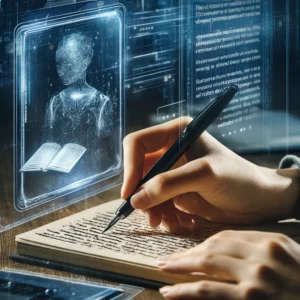
The effectiveness of ICR technology improves with its use, as it continually refines its recognition capabilities through machine learning techniques. By analyzing a large volume of handwriting samples, ICR systems gradually reduce errors and increase their precision in text interpretation. This continuous improvement in recognition accuracy is crucial for organizations that rely on the extraction of data from handwritten forms and notes, such as patient records in hospitals or customer fill-in forms in banks. As a result, ICR not only enhances data accessibility and usability but also contributes significantly to the automation and efficiency of document-based workflows.
Magnetic Ink Character Recognition (MICR)
Magnetic Ink Character Recognition (MICR) is a specialized technology used to read characters printed in magnetic ink, particularly on bank cheques. This technology employs a unique type of ink, which is sensitive to magnetic fields, allowing MICR readers to detect and decode information directly from the physical document. The characters printed with this magnetic ink, such as account numbers and bank codes, can be read easily by machines, even if they are covered in markings or slightly damaged, which often occurs during handling. This robust method of data entry ensures high levels of accuracy and speeds up the processing of financial documents.
MICR technology is predominantly utilized by banks and other financial institutions to streamline the cheque clearance process. By using MICR for cheque processing, banks can minimize the risk of errors and fraud, as the magnetic ink makes the printed information extremely difficult to alter. Moreover, MICR provides a fast and efficient way to process large volumes of cheques daily, reducing the time it takes for funds to clear and improving customer satisfaction. This system not only enhances security but also supports the high demand for reliability and speed in financial transactions.
Optical Mark Recognition (OMR)
Optical Mark Recognition (OMR) is a technology specifically designed to detect and interpret human-marked data on forms such as surveys, tests, and ballots. The technology works by scanning the form and recognizing filled areas—typically circles or bubbles—that indicate a respondent’s selection. OMR systems are highly efficient at processing large volumes of paper forms quickly, making them ideal for environments where quick data entry and analysis are required. This technology is particularly popular in educational settings for grading standardized tests, as well as in elections for counting votes, where accuracy and speed are crucial.
The advantage of OMR lies in its simplicity and reliability. Unlike other recognition technologies that require character or text recognition, OMR simply detects whether a space has been marked and does not need to interpret handwriting or printed text. This reduces the complexity and potential errors associated with more nuanced forms of data entry. Additionally, OMR technology can be combined with other forms of data capture technologies, like barcodes and OCR, to enhance data processing capabilities. For instance, combining OMR with OCR allows for the capture of both marked answers and written responses on the same document, streamlining the entire data collection and analysis process.
Barcode Recognition (BCR)

Intelligent Word Recognition (IWR)
Intelligent Word Recognition (IWR) is an advanced document processing technology that extends beyond the character-based recognition capabilities of Intelligent Character Recognition (ICR). Unlike ICR, which focuses on individual characters, IWR is designed to recognize whole words within a printed document. This approach allows for more context-aware recognition, as the system can leverage the relationships between adjacent words to improve accuracy. IWR is particularly effective in handling various fonts and formats, making it highly suitable for automating complex document workflows where diverse types of documents are processed, such as legal papers, medical records, and business correspondence.
In practice, IWR significantly enhances the efficiency of document automation systems by reducing the need for manual data entry and correction. It streamlines the extraction and interpretation of information from printed materials, enabling faster decision-making and processing. As businesses increasingly move towards digital transformation, IWR becomes a key component in managing vast amounts of data, ensuring that information is quickly accessible and easily searchable. This capability is crucial in sectors where time and accuracy are paramount, providing a robust solution for managing documentation in an effective and efficient manner.
Intelligent Document Recognition (IDR)
Intelligent Document Recognition (IDR) technology represents a significant advancement in the field of document management, utilizing artificial intelligence to recognize and classify various types of documents by their formats and categories. This technology is especially crucial in environments where large volumes of documents need to be processed and managed efficiently, such as in legal, financial, and government sectors. IDR systems can automatically identify document characteristics such as invoices, forms, legal contracts, and correspondence, categorizing them into predefined classes. This automatic categorization facilitates quicker document retrieval, more effective data extraction, and streamlined workflows, greatly enhancing organizational efficiency and reducing the reliance on manual sorting and filing.
Moreover, IDR technology incorporates machine learning algorithms that improve over time, learning from each interaction to better recognize and classify an ever-expanding array of document types. This continuous learning process is vital for adapting to new document formats and evolving business requirements, ensuring that the system remains effective as organizational needs change. By automating the recognition and classification of documents, IDR not only speeds up the processing time but also significantly lowers the potential for human error, ensuring data accuracy and consistency. This makes IDR an invaluable tool for any data-driven organization looking to optimize their document handling processes and improve overall operational efficiency.
How OCR is Transforming Medical Record Retrieval
Streamlining Medical Record Retrieval with OCR
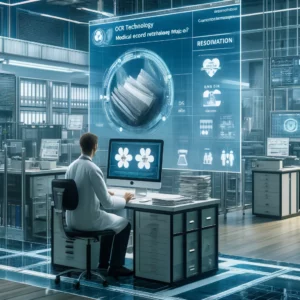
The implementation of OCR technology in medical record management systems enables faster turnaround times not only by eliminating manual data entry but also by streamlining the process of searching and retrieving patient information. Healthcare professionals can instantly locate specific documents or pieces of information within a large database, simply by entering search terms. This efficiency is particularly beneficial in environments like hospitals and clinics, where decisions are often time-sensitive and access to accurate information can impact clinical decisions and administrative processes.
Moreover, OCR contributes to better data accuracy and compliance with regulatory requirements by ensuring that digital records are complete and easily auditable. This accuracy is essential for maintaining patient privacy and adhering to standards set by healthcare regulations, such as HIPAA in the United States. By improving the reliability of medical record-keeping, OCR technology not only enhances operational efficiency but also supports healthcare providers in delivering high-quality, patient-centered care. As the technology continues to advance, its integration into healthcare systems is likely to deepen, further embedding digital solutions in the fabric of medical record management.
Using in Specific Tasks within Medical Record Retrieval
Optical Character Recognition (OCR) technology is highly effective in pinpointing specific elements within medical records, such as diagnoses, treatment details, and billing information. This specificity is crucial in medical practices where healthcare providers often need to access particular types of information quickly to make informed decisions. For instance, OCR can automatically extract and organize data from various sections of a patient’s record, enabling doctors and nurses to find vital treatment histories or medication lists without manually combing through extensive documents. This capability not only saves time but also reduces the risk of human error, ensuring that the medical professionals are working with the most accurate and relevant data available.
Furthermore, the ability to quickly locate and retrieve specific information using OCR is invaluable not just in medical settings but also in legal contexts where medical records are often reviewed. Legal professionals handling medical malpractice cases, insurance claims, or health-related legal issues can use OCR to efficiently sift through large volumes of medical documentation to find evidence or verify claims. This streamlined access to critical data can significantly expedite legal processes and improve the effectiveness of legal proceedings. Overall, the application of OCR in medical record retrieval exemplifies how advanced digital tools are transforming the administrative landscapes of healthcare and legal sectors, facilitating better service delivery and enhanced data management.
Accelerating Record Retrieval
OCR (Optical Character Recognition) technology plays a pivotal role in accelerating the process of medical record retrieval by swiftly converting printed text into digital format. This conversion enables healthcare professionals to rapidly search through vast volumes of medical records and access specific information with ease. Rather than manually sorting through physical documents, OCR automates the digitization process, transforming printed text into searchable and editable digital data. As a result, medical practitioners can swiftly locate patient histories, treatment plans, and diagnostic reports, significantly reducing the time required to retrieve critical information.
By leveraging OCR technology, healthcare providers can streamline their workflows and enhance operational efficiency. The ability to quickly search and access specific information within medical records expedites decision-making processes, improves patient care, and increases overall productivity. Whether retrieving medical histories during patient consultations or accessing treatment details for care coordination, OCR enables healthcare professionals to efficiently navigate through extensive databases of medical records. This acceleration in record retrieval not only saves valuable time but also enhances the quality of healthcare delivery by ensuring timely access to accurate and comprehensive patient information.
Enhancing Data Accuracy
Optical Character Recognition (OCR) significantly enhances data accuracy in medical record management by minimizing the human errors commonly associated with manual data entry. Traditional methods of transcribing patient information from paper to digital formats are not only time-consuming but also prone to inaccuracies, which can affect patient care and administrative decisions. OCR technology automates the recognition and extraction of information from physical documents, directly converting them into digital text. This automation ensures that data entered into medical systems is precise and reflects the original documents without transcription errors.
The accuracy provided by OCR is critical in maintaining reliable medical records that healthcare professionals depend on for diagnosing and treating patients. By ensuring that the information in electronic health records (EHRs) is correct, OCR helps in building a trustworthy database that supports effective medical practice and patient management. Furthermore, accurate data is essential for compliance with health regulations and for protecting patient privacy. By integrating OCR technology into their document management systems, healthcare organizations can significantly improve the integrity of their data, leading to better patient outcomes and enhanced operational efficiency.
Improving Patient Care
The integration of Optical Character Recognition (OCR) technology into healthcare systems significantly improves patient care by facilitating quick and easy access to a patient’s complete medical history. By converting all paper-based records into digital formats, OCR allows healthcare providers to retrieve comprehensive patient information from a centralized database swiftly. This comprehensive view is crucial for doctors and medical staff as it enables them to understand the full scope of a patient’s health background, previous treatments, and any ongoing care requirements. Access to such detailed information supports more informed clinical decisions, ensuring that each patient receives care that is tailored to their specific medical needs and history.
Furthermore, the use of OCR technology in accessing medical records helps in crafting personalized care plans that can adapt to the evolving health conditions of patients. By having a thorough and easily accessible record, healthcare providers can monitor progress over time, adjust treatments as necessary, and anticipate potential health issues before they become critical. This proactive approach to patient care not only enhances the effectiveness of treatments but also improves patient satisfaction and outcomes. Ultimately, OCR serves as a foundational tool in modern healthcare, enabling a more seamless, efficient, and patient-centered approach to medical care.
Ensuring Compliance
Optical Character Recognition (OCR) technology plays a vital role in helping healthcare organizations comply with strict regulations concerning patient data privacy and security. By converting physical documents into digital records, OCR not only simplifies the management of sensitive information but also enhances its protection. Digital records, unlike their physical counterparts, can be encrypted and securely stored, making them far less susceptible to unauthorized access or theft. This digital format allows healthcare providers to implement robust security measures such as access controls, audit trails, and data encryption, which are essential for complying with laws like HIPAA in the United States and GDPR in Europe.
Furthermore, OCR facilitates the regular updating and maintenance of records to ensure ongoing compliance with evolving health information regulations. It allows healthcare organizations to swiftly apply changes in privacy laws to their database management practices, ensuring that all patient information is handled in accordance with the latest legal requirements. This proactive approach to compliance not only helps prevent costly legal penalties but also builds trust with patients, assuring them that their health data is handled with the utmost security and confidentiality. Thus, OCR technology not only streamlines the management of medical records but also significantly contributes to the legal and ethical stewardship of patient information.
Facilitating Research and Analysis
Optical Character Recognition (OCR) technology significantly enhances the capabilities for research and analysis within the medical field by enabling the conversion of vast volumes of paper-based medical records into digital formats. This digitization makes it feasible to analyze large datasets efficiently, supporting comprehensive data mining endeavors and epidemiological studies. Researchers can utilize OCR to swiftly extract and collate diverse types of health information, such as patient outcomes, treatment efficacy, and epidemiological trends, which are critical for advancing medical knowledge and improving public health strategies.
Furthermore, OCR technology facilitates the integration of historical medical data with modern electronic health records (EHRs), creating rich databases that can be used for longitudinal studies and real-time research. This access to a broader array of data enhances the depth and accuracy of medical research, allowing scientists and medical professionals to identify patterns, test hypotheses, and develop new treatments more effectively. By streamlining the data collection process, OCR not only accelerates the pace of medical research but also opens up new possibilities for innovations in healthcare, ultimately leading to better patient outcomes and advancements in medical science.
The Impact of OCR on Personal Injury Law
Automation of Document Handling
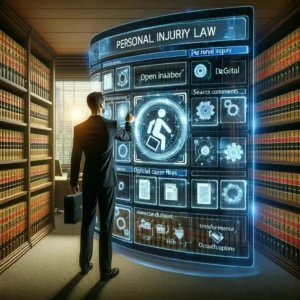
The automation provided by OCR technology streamlines the workflow within legal practices, enabling lawyers and legal staff to access and organize case-related documents quickly. This efficiency is critical in personal injury law where the timely filing of documents and quick retrieval of information can significantly influence the outcome of a case. Furthermore, the ability to swiftly search through and cross-reference digital documents facilitates a more thorough case analysis and preparation. Ultimately, OCR technology not only makes document management more efficient but also enhances the overall effectiveness of legal service delivery in personal injury law, allowing legal professionals to focus more on strategy and client interaction rather than administrative tasks.
Speeding Up Case Processing
Optical Character Recognition (OCR) technology is notably enhancing the efficiency of case processing in personal injury law. By enabling the rapid conversion of printed documents into searchable digital formats, OCR allows legal professionals to quickly access critical information such as medical records, accident reports, and legal documents. This immediate accessibility is vital in personal injury cases where the speed of assembling and reviewing case details can directly impact legal outcomes. By reducing the time spent on document retrieval and data entry, lawyers can focus more on analyzing case specifics and formulating strategies.
Furthermore, OCR technology aids in streamlining the decision-making process within personal injury law firms. With faster access to necessary documents and the ability to quickly locate pertinent case details, decision-making becomes more informed and expedient. This capability is crucial during negotiations and litigation, where timely and accurate information can leverage positions and influence settlements. Consequently, OCR not only expedites the processing of cases but also enhances the overall effectiveness of legal practices by allowing personal injury lawyers to manage their caseloads more dynamically and responsively.
Reducing Errors
Optical Character Recognition (OCR) technology significantly reduces the errors typically associated with manual data entry in personal injury law cases. Manual transcription of complex and voluminous documents such as medical records, police reports, and witness statements is prone to human error, which can lead to inaccuracies in the case files. These inaccuracies might not only delay the case but also potentially alter its outcome if critical information is entered incorrectly. OCR automates the transcription process, extracting text directly from scanned documents and converting it into digital format with high accuracy. This ensures that the data entered into legal databases is a precise reflection of the original documents.
The improved accuracy of data captured through OCR technology minimizes the risk of legal complications that can arise from incorrect information. Reliable data is crucial for building strong cases, making informed decisions, and providing accurate legal advice. By enhancing the precision of the information handled, OCR helps ensure that personal injury cases are processed based on the most accurate and up-to-date information available. This not only streamlines case management but also reinforces the integrity of the legal process, ultimately contributing to fairer outcomes and increased trust in legal proceedings.
Enhancing Accessibility
Optical Character Recognition (OCR) technology enhances accessibility by converting hard-copy documents into digital files, which plays a crucial role in personal injury law cases. This transformation allows all parties involved—lawyers, clients, and even courts—to access necessary documents quickly and efficiently from multiple locations. Digital files are easier to share and can be accessed simultaneously by different parties, which is essential for coordinating efforts and streamlining communication throughout the duration of a case. This level of accessibility is especially beneficial in complex cases where multiple stakeholders need to review and collaborate on large volumes of documents.
Furthermore, the increased accessibility provided by OCR technology fosters greater transparency in legal proceedings. When documents are easily accessible, it ensures that all parties are on the same page and can track the progress and updates of the case in real-time. This transparency is vital for maintaining trust among clients and helps in smoothing the communication flow, which can be critical during negotiations and settlements. By eliminating the barriers associated with physical document handling, OCR not only speeds up the legal process but also enhances the overall effectiveness and fairness of the legal system in managing personal injury cases.
Cost Efficiency
Implementing Optical Character Recognition (OCR) technology in personal injury law practices offers significant cost efficiency benefits. By automating the process of converting paper documents into digital formats, OCR drastically reduces the amount of time and labor traditionally required for manual data entry and document management. This reduction in labor-intensive tasks not only speeds up the workflow but also decreases the need for extensive clerical staff, thereby cutting down on overhead costs. These savings can be passed on to clients, making legal services more accessible and affordable, which is particularly important in personal injury cases where clients may already be facing financial pressures due to medical bills and loss of income.
Moreover, the streamlined document handling facilitated by OCR technology minimizes the likelihood of errors and the need for costly corrections. It also reduces the physical storage space required for maintaining extensive paper records, further lowering costs related to office maintenance. By enhancing the efficiency and accuracy of data management, OCR helps personal injury law firms operate more economically while maintaining high standards of service. This cost-effective approach not only benefits the clients but also allows law firms to allocate resources more strategically towards case research and client representation, ultimately contributing to more successful legal outcomes.
Improved Client Service
Optical Character Recognition (OCR) technology significantly improves client service in personal injury law by automating and streamlining a variety of administrative tasks. This automation frees up lawyers from the time-consuming process of manual document handling, allowing them to dedicate more attention to client interaction and case strategy. With OCR, important documents such as medical records, police reports, and witness statements can be quickly digitized and made readily accessible. This not only speeds up the preparation and processing of cases but also ensures that lawyers have immediate access to the information they need when they need it, leading to more responsive and attentive client service.
Additionally, the efficiency brought by OCR technology makes the legal process more client-friendly. Clients benefit from quicker case resolutions and more transparent communication, as digital files can be easily shared and updated. This accessibility allows clients to stay better informed about the status of their cases. By reducing the administrative burden, lawyers can focus on providing personalized advice and support, thus enhancing the overall client experience. In personal injury law, where timely and empathetic client interactions are crucial, the improved efficiency and client service facilitated by OCR technology can significantly impact client satisfaction and trust in the legal process.
The Future of OCR in Medical Record Retrieval
Ongoing Development of OCR Technology
Optical Character Recognition (OCR) technology continues to evolve rapidly, consistently improving in accuracy and expanding its capabilities. Today’s OCR technology is not only proficient at reading typed text but has also made significant strides in interpreting handwritten and previously challenging texts. Advances in machine learning and artificial intelligence have greatly enhanced OCR’s ability to understand various fonts and handwriting styles, making it more reliable across diverse document types and applications. These improvements are crucial for sectors like the legal field, where documents can vary widely in format and legibility.
In the realm of law, the integration of OCR with legal software systems is transforming the efficiency and effectiveness of document management. By automating the extraction of data from legal documents, OCR technology minimizes the need for manual entry, which in turn reduces the potential for human error and speeds up the processing of cases. Legal professionals can leverage OCR-enhanced software to quickly analyze large volumes of documents, extract pertinent information, and categorize data, thus significantly shortening preparation times for trials and other legal proceedings. As OCR technology continues to advance, its integration into legal software is expected to further refine the workflows and productivity of law practices, enhancing both the speed and quality of legal services provided.
Future Applications of OCR in the Legal Field
Optical Character Recognition (OCR) technology is poised to further revolutionize the legal field with its potential future applications, particularly in the areas of automated data analysis and predictive analytics. As OCR technology continues to advance, it can be increasingly used to automate the analysis of data from legal documents. This capability significantly reduces the need for manual data entry and subsequent analysis, streamlining the entire data management process. By automating these tasks, OCR not only frees up valuable time for legal professionals but also enhances the accuracy and efficiency of data handling, ensuring that legal teams can quickly access and utilize critical information.
Looking ahead, one of the most exciting prospective applications of OCR in law is in the realm of predictive analytics. Future iterations of OCR technology could be designed to not only extract and organize information from legal documents but also to analyze this data to predict case outcomes based on historical patterns and precedents. This would be a game-changer, providing lawyers with powerful insights that could help in formulating more effective case strategies. By applying machine learning algorithms to the vast amounts of data processed through OCR, legal professionals could gain a better understanding of probable judicial decisions, potential settlement outcomes, and more, allowing them to better prepare and advise their clients. Such predictive capabilities would make OCR an indispensable tool in the legal toolkit, further embedding technology in the practice of law and enhancing the strategic planning of cases.
Ethical Considerations of OCR Use in Healthcare Data
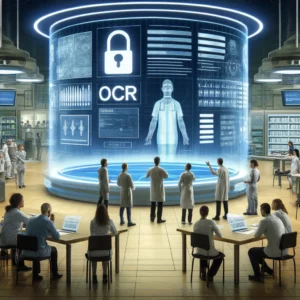
Patient Privacy:
While OCR significantly enhances the efficiency of healthcare data retrieval and management, it raises substantial concerns about patient privacy. As medical records are digitized and become more accessible, the risk of unauthorized access and potential data breaches increases. To mitigate these risks, it is imperative that healthcare organizations implement strict protocols and robust security measures to protect sensitive information. This includes encryption, secure access controls, and regular security audits to ensure that the data remains confidential and is only accessible to authorized personnel. Ensuring the integrity and security of patient data not only protects individuals’ privacy but also maintains trust in healthcare institutions.
Potential Bias in Algorithms:
Another critical ethical issue is the risk of algorithmic bias in OCR technologies. Since OCR systems are trained on diverse datasets, there’s a potential for these systems to develop biases, which could inadvertently affect the processing of healthcare documents. For example, biased OCR algorithms might misinterpret or improperly prioritize certain types of information, leading to skewed outcomes in patient care or legal decisions related to health records. It is crucial for developers to strive to create unbiased algorithms and for healthcare organizations to regularly audit these systems for accuracy and fairness. Ensuring that OCR technologies are free from bias is essential not only for ethical reasons but also for maintaining the efficacy and reliability of medical data processing systems.

